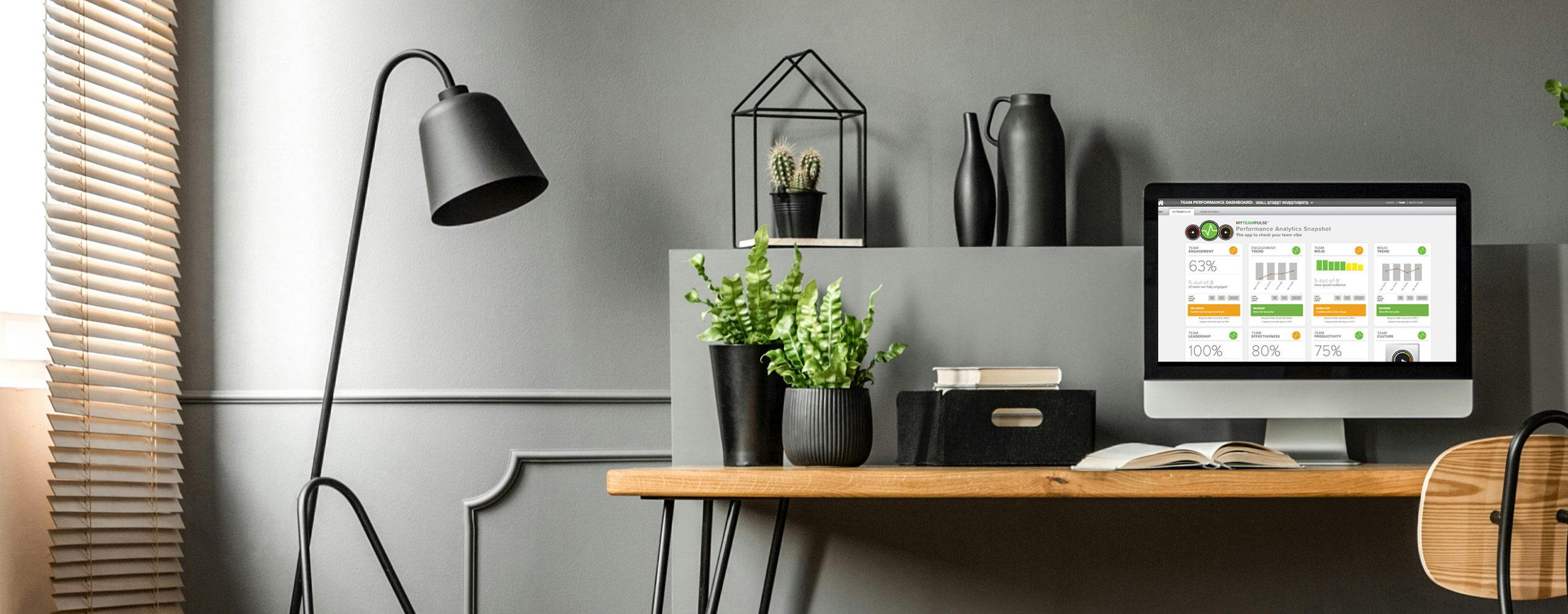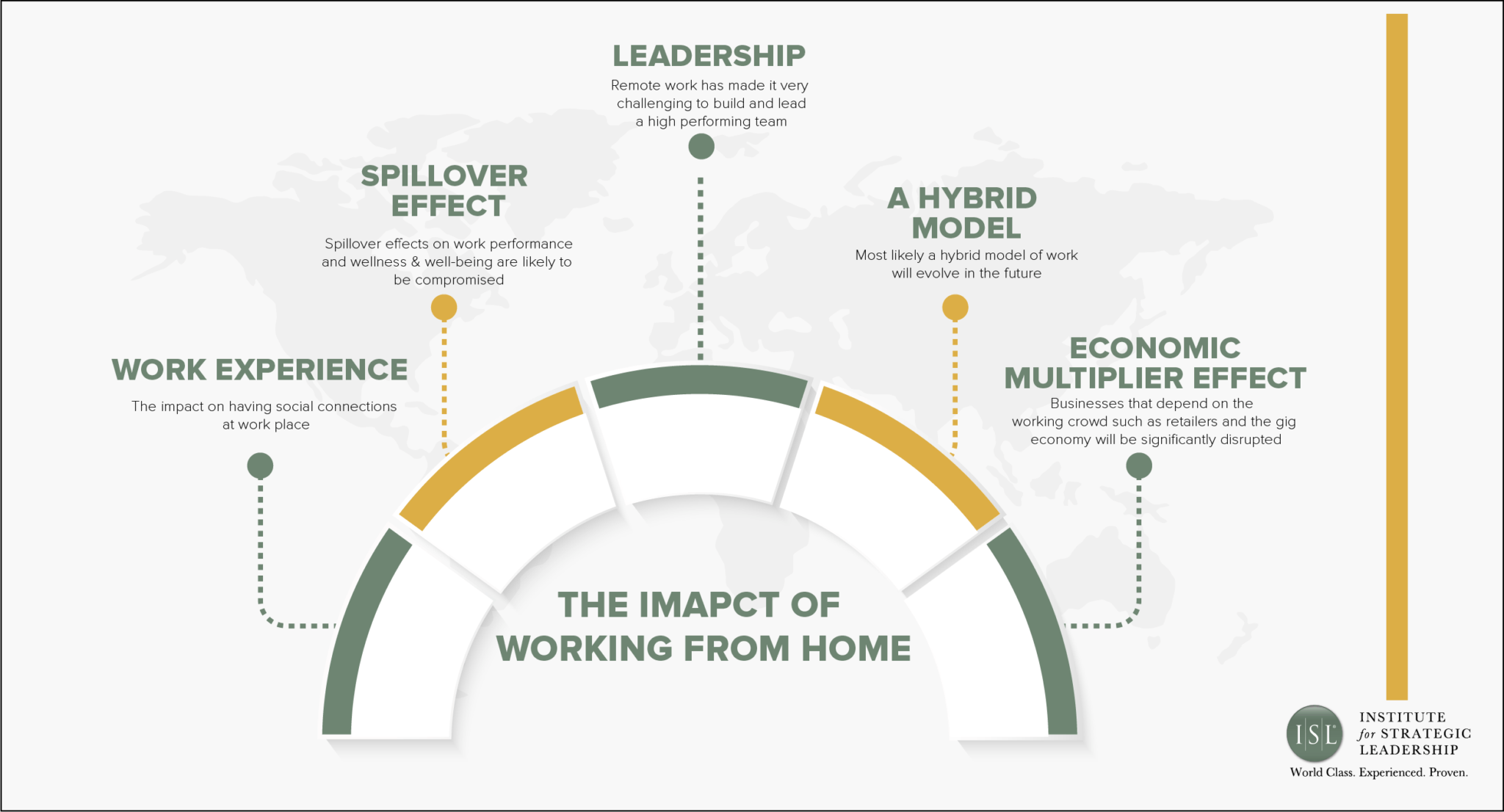The impact of working from home
Posted on 15 Feb 2021 by Geoff Lorigan



Author: Geoff Lorigan
The third big insight that arose from my New Year reflections relates to work-home boundaries and their impact on team culture, employee resilience, and spillover effects on work engagement.
The concept of boundaries took me quite a few years to get my mind around. Then one day when I was staying down at our historic Stone House Cottage in Arrowtown, the penny finally dropped. I noticed how overseas tourists would often wander in from the footpath and walk around the cottage taking photos and selfies, just as if the cottage was a public museum. So then I decided to install a small historic gate — which to my amazement did the trick. Interestingly, it’s easy to slip around the side of the gate, or even open the gate, but no one does. Just signalling there is a clear boundary is all that is needed.
Looking at the boundary concept through a wider metaphorical lens, the gate separates the public-private domain. The front door separates the private-personal domain. The bedroom door separates the personal-intimate domain. Without these boundaries, we would be complicit in aiding and abetting boundary breaches. Not only do “good fences make good neighbours”, like Robert Frost, the poet, once put it, but “clear boundaries create constructive relationships and compelling team cultures”.
The Unintended Consequences Arising From Covid-19
During the Covid period, everyone around the world was forced to stay at home and work from their lounge, study, or bedroom. Communications at an interpersonal and group level have been achieved through the deployment of video conferencing tools such as Zoom and the likes.
As a consequence employees enjoyed the personal benefits of cutting out lengthy commuting time and not having to get dressed up for work. Some employees have even shifted their homes to small towns out in the countryside and now operate as if they are freelancers. As a consequence, many employers have decided to save on office rental and many CBD buildings are now half-empty (much to the chagrin of property owners, cafes, city retailers, and Uber drivers).
This new way of working works perfectly well for those conducting independent work such as software coding which can be outsourced cost-effectively from the global freelancer talent pool. However, where teamwork is required, working remotely over Zoom ultimately zaps Mojo, interpersonal relationships, team dynamics, and co-creative innovation.
In the short term, the productivity of engaged employees can rise significantly, but over time the risk of burnout is amplified. Those who mask their ambivalence or disengagement can now hide behind their privacy photo and spend much of their time doing private activities. One person I know spends at least 50% of their work-paid time project managing their private property development initiatives.
The Impact of Working From Home

- Leadership – It has always been relatively easy to manage a group of people and get projects completed, but very challenging to build and lead a high-performing team. Now leading remotely will make it infinitely more complex. That’s because the leader and team members can’t engage with one another on a personal level and read each others’ emotions, intentions, and behaviours.
- Spillover Effects – Pre-Covid, people put on their make-up, got dressed up for work, and went off to work. Although this involves energy and time, it provided an opportunity to fire-up, get moving, leave behind, and put a clear boundary between home life and work life. For many, a chance to get away from some tough life challenges. Conversely, going home provided a chance to wind-down during the commute and be ‘present’ and ‘available to family’ when arriving home. As the boundaries between work and home have been blurred or completely removed, the spillover effects on work performance, and wellness & wellbeing are likely to be compromised. For those with low mood or depression, it will be all too easy to spend too much time cooped up or under the duvet during the day.
- Work Experience – Not many young people who spent three or four years at university will cherish the opportunity to work from home, especially if it’s a small crowded shared flat. At least not the extraverted ones. Most young people love being with others and learning with and from each other. Humans are social beings and isolation is the ultimate punishment. We give and get energy from one another and provide support, safety nets, and safe harbours to those in need. Meeting new people face-to-face (employees, suppliers, and customers) can be very engaging and provides an opportunity to see and be seen. A chance for us to establish our professional persona and personal brand.
- Economic Multiplier Effects – We will all soon learn that living in our own little world will ultimately impact on the public good. Cafe owners and their staff, retailers, and the gig economy will be significantly disrupted with economic and well-being consequences. The unemployment bill will balloon, yet the tax revenue will decline. A sure way for the economy to become dependent on printing money.
- A Hybrid Model – How the breaking of boundaries and new ways of work will pan out, remains to be seen. I suspect that those who lead the field in innovation and global expansion will take a contrarian view to those dedicated followers of fashion who opt for the virtual approach. Most likely a hybrid approach will evolve. Of course, many organisations around the world have no option at this time. But for those that do, I sense that the smart successful companies will recognise that huddle & scrum is the way to go.
Over time, there will be many lessons learned and insights gained from the ongoing lockdowns. One being the importance of having a Plan B and being prepared for operating virtually at a moment’s notice if or when further lockdown periods arise.






